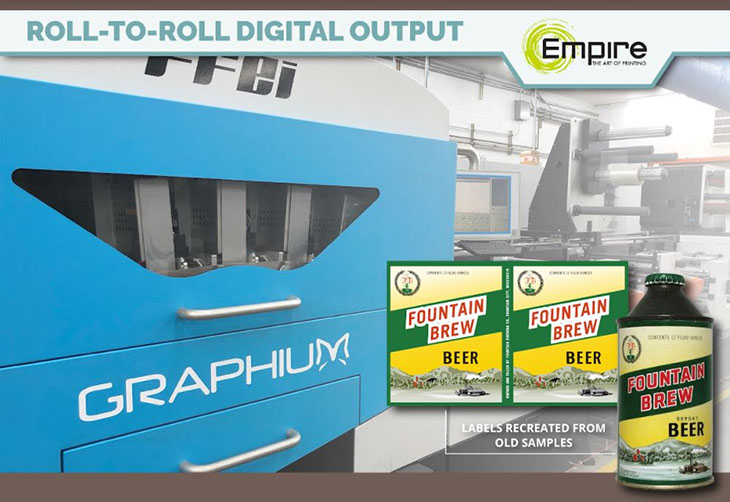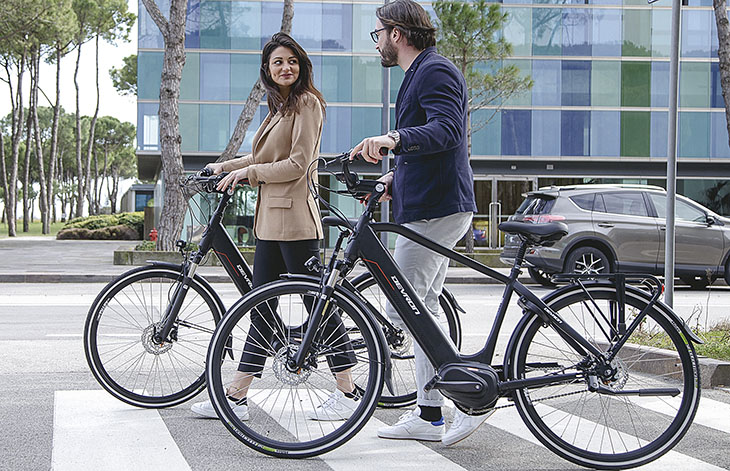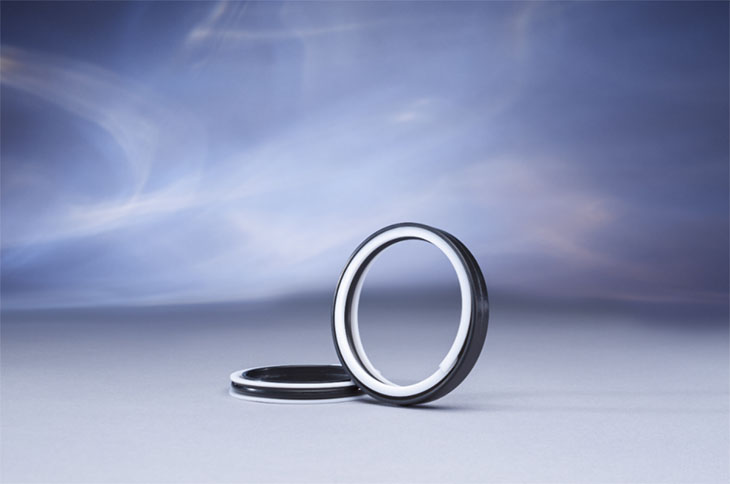Your electric motor is a significant cog in the machine which is your business. Without it, your business will ground to a sudden halt that can affect both time and revenue. The protection of your motor therefore should be a main priority when storing it. Storing the motor in the optimum conditions can significantly increase the lifespan of the motor – and failure to do so can significantly reduce its lifespan.
Here, motor repair specialist Houghton International explains the preferred storage methods to protect and extend your motor life:
Determine how long it will be stored for
If you plan to put your motor into storage for less than a month, your main concern will be to protect it from weathering. You will want to cover it with loose tarpaulin to protect against the weather, whilst allowing for air circulation and maintaining the optimum winding temperature, between 5-10°C above the ambient.
The ideal conditions are a dry, clean and heated area, which isn’t exposed to flooding or chemical vapours.
When motors are expected to be stored for more than one month, you will have to consider scheduling periodic maintenance to secure its protection.
Storage preparations
The location of the storage area should be considered carefully – whilst indoor areas are preferred to prevent weather damage, when space is limited it’s not always possible.
As said, you should completely cover your motor with tarpaulin when storing outdoors. Allow room but ensure it is fully covered to protect against all weather conditions.
Consider vibration sources
Where possible, your motor shouldn’t be stored near any potential vibrations as these can cause internal damage to the bearings – even in low level exposure. Sources like heavy machinery, production floors, busy roads and rail lines can all become sources of ambient vibration, which should be avoided.
When it isn’t possible, the shaft should be locked on the motor to prevent damage.
Minimise condensation
Condensation on the motor winding can significantly reduce the lifespan on the motor. To prevent substantial damage, we recommend that the storage area is kept within the optimum temperatures – around 5-10°C above the ambient.
But when climate cannot be controlled, space heaters and trickle heating one phase of the winding on low voltage are good alternatives to make sure the motor is kept to the optimum temperature.
Pests
When storing your motor outdoors, they automatically become exposed to potential pests such as insects, rodents and birds which can get inside the motor and cause damage to the winding insulation or block drain openings. You can take precautions to prevent this.
Correct insulation resistance
If the insulation resistance of your motor is below a standard temperature, you’ll need to correct it before putting it in storage, as failing to do so can cause further issues.
Oil vs grease
Lubrication of motors before they are stored is vital to prevent corrosion and contamination.
Grease-lubricated bearings:
Before storage, you’ll need to clean out the grease fitting, remove the drain plug and insert a compatible grease. After lubrication, run the motor for a minimum of 30 minutes without the drain plug to push out excess or old grease.
The grease is likely to harden in the pipe if stored for multiple years, so before use it should be taken apart to be cleaned then lubricated again.
Oil-lubricated bearings:
With oil-lubricated motors, they need to be drained before moving to prevent any spillage or contamination.
Once moved to the chosen storage area, you will need to refill the motor with compatible oil and rust and corrosion inhibitors. Make sure the oil covers all the bearings but do not overfill so that it will overflow.
Again, when bringing the motor out of storage, you should drain the oil from the motor and then replace the oil once moved.
Your electric motor is a vital part of your plant operations. If it’s going to be out of action, proper storage is essential in order to keep it in full working order — saving your business both time and money. Put the effort in now and reap the benefits later.























